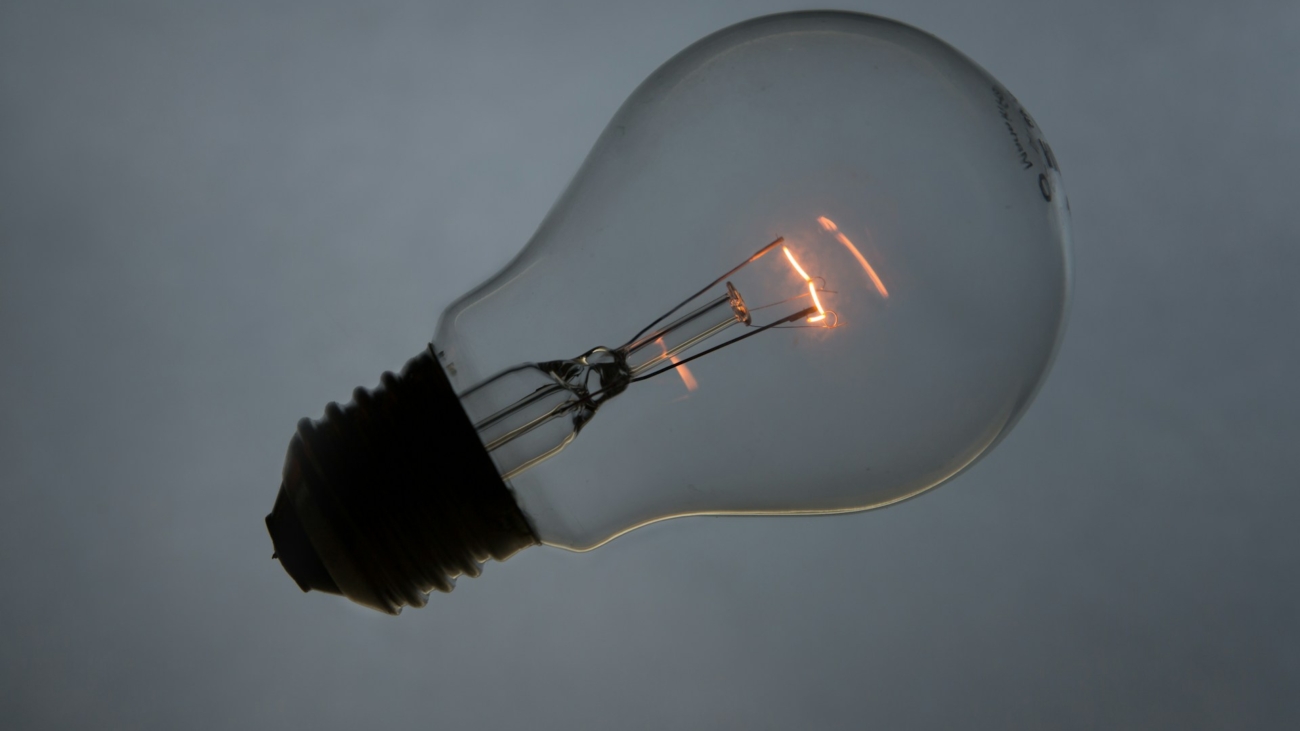Artificial photosynthesis, a process that mimics the natural method of photosynthesis in plants, has emerged as a promising technology for producing clean fuels from sunlight, water, and carbon dioxide. This innovative approach holds the potential to revolutionize the energy landscape by providing a sustainable and environmentally friendly alternative to fossil fuels. However, to fully understand its viability, it is crucial to examine the economics of artificial photosynthesis, encompassing the costs, benefits, and market dynamics associated with its development and deployment.
Understanding Artificial Photosynthesis
Artificial photosynthesis aims to replicate the natural process by which plants convert sunlight, water, and carbon dioxide into glucose and oxygen. In artificial systems, this process is engineered to produce liquid fuels such as hydrogen or hydrocarbons, which can be used for various energy needs. The core components of artificial photosynthesis include:
- Light-Absorbing Materials: These materials capture sunlight and convert it into chemical energy.
- Catalysts: Catalysts facilitate the reactions needed to split water molecules and reduce carbon dioxide.
- Reaction Centers: These are designed to efficiently manage the energy transfer and conversion processes.
Economic Viability: Key Factors
- Technology Costs: The initial costs associated with developing and deploying artificial photosynthesis systems are high. This includes research and development expenses, the cost of advanced materials, and the fabrication of prototypes. However, as the technology matures and scales up, economies of scale are expected to reduce costs significantly.
- Efficiency and Yield: The economic viability of artificial photosynthesis depends on the efficiency of the process. Current systems are still striving to achieve higher conversion efficiencies to make the technology commercially competitive with traditional energy sources. Improvements in catalysts and light-absorbing materials are critical for enhancing efficiency and fuel yield.
- Infrastructure Investment: Establishing infrastructure for artificial photosynthesis involves significant investment in production facilities, distribution networks, and storage systems for the produced fuels. However, the potential integration with existing fuel infrastructure, especially for liquid hydrocarbons, could mitigate some of these costs.
- Operational Costs: Operational costs include maintenance of the systems, replacement of materials, and energy inputs required for auxiliary processes. Ongoing research is focused on developing durable and low-maintenance components to minimize these costs.
- Market Dynamics: The market for clean fuels is influenced by policy frameworks, subsidies, and incentives aimed at reducing greenhouse gas emissions. Artificial photosynthesis stands to benefit from such policies, which can enhance its economic attractiveness relative to fossil fuels.
Potential Economic Benefits
- Energy Security: Artificial photosynthesis can contribute to energy security by diversifying the energy supply and reducing dependence on fossil fuel imports. This has significant geopolitical and economic implications, particularly for countries with limited fossil fuel resources.
- Environmental Impact: By producing clean fuels, artificial photosynthesis can help mitigate climate change and reduce environmental pollution. The economic benefits of improved public health, reduced environmental remediation costs, and compliance with emissions regulations are substantial.
- Job Creation: The development and deployment of artificial photosynthesis technology can create jobs across various sectors, including research and development, manufacturing, construction, and maintenance.
- Sustainable Industrial Processes: Artificial photosynthesis can provide renewable feedstocks for the chemical industry, reducing the carbon footprint of industrial processes and fostering sustainable manufacturing practices.
Challenges and Considerations
- Scalability: One of the primary challenges is scaling up the technology from laboratory settings to industrial-scale production. This requires overcoming technical hurdles and ensuring the economic feasibility of large-scale operations.
- Competition with Other Renewables: Artificial photosynthesis must compete with other renewable energy technologies, such as solar photovoltaics, wind, and biofuels. Its economic viability will depend on its ability to offer competitive advantages in terms of cost, efficiency, and application flexibility.
- Regulatory and Policy Support: Strong regulatory and policy support is essential for the growth of artificial photosynthesis. Governments need to provide incentives, subsidies, and funding for research and development to accelerate the commercialization of this technology.
- Public Acceptance: Gaining public acceptance and trust is crucial for the widespread adoption of artificial photosynthesis. Public awareness campaigns and education about the benefits and safety of the technology can play a vital role.
Conclusion
The economics of artificial photosynthesis is a complex interplay of technological innovation, cost dynamics, market forces, and policy support. While the initial costs are high, the long-term economic benefits and potential for sustainability make it a compelling area of investment. As research progresses and efficiencies improve, artificial photosynthesis could become a cornerstone of the renewable energy landscape, providing a sustainable solution to the world’s energy needs and contributing significantly to climate change mitigation. The journey towards economic viability requires continued collaboration between scientists, policymakers, and industry stakeholders to unlock the full potential of this transformative technology.
Discussion
Artificial photosynthesis is a renewable energy idea with a lot of promise – at least conceptually.
What is artificial photosynthesis? Take water, carbon dioxide, and sunlight. Put them through chemical processes with some high end catalysts and you would produce energy carrying products similar to glucose. This might be saved into hydrogen cells or batteries.
We are talking about taking cardon dioxide straight from the atmosphere and also converting them to renewable energy source.
For a country like India which has good supply of sunlight and a need to remove a lot of carbon, this sounds like a beautiful idea.
But….
Costs are high.
Tech is super expensive.
Scaling up is tough.
How would this be solved? R&D is needed majorly. Funds and factories are needed.
India is not a place full of people like Elon Musk or the Chinese engineers who would go any extend to produce tech and engineering products.
We still export rice. Not even convert the rice to some alcohol and make extra revenue from it.
How do we start thinking about artificial photosynthesis and scaling that?
Once we let our imagination fly, and allow engineering creativity without guilt, something would happen.
Also, are there funds for engineering creativity in this country?

